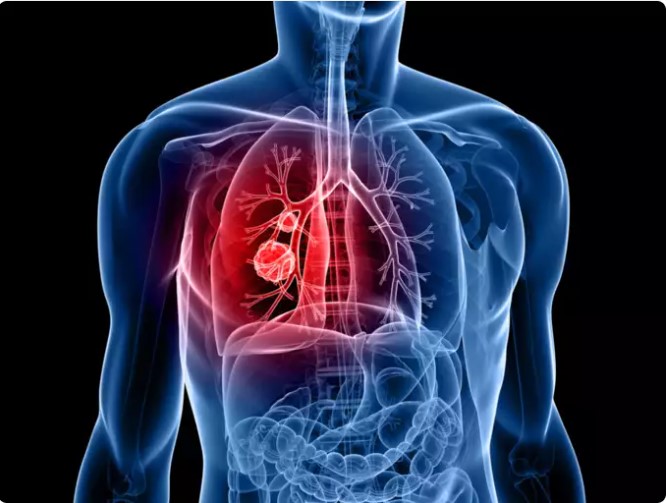“Eating a well balanced diet provides our body the required vitamins and minerals to function efficiently,” says Dr Sunil Koirala, consultant physician at Meridian Health Care Center in Kathmandu. According to him, these nutrients help our body perform a wide range of activities and play a crucial role in keeping us healthy. But in cases of nutritional deficiencies, our body may display certain signs and symptoms that we cannot afford to ignore. The Week spoke to Dr Koirala to understand these signs and symptoms better and also find out ways in which we can deal with them.
 Pale and dry skin
Pale and dry skin
Pale skin and paleness inside lower eyelids are one of the most common signs of iron deficiency. “When you have iron deficiency, your body generates fewer red blood cells. As a result of which your skin loses its healthy rosy color,” says Dr Koirala. Paleness of the skin is not limited only to your face but may be visible in all parts of your body including gums, inside of the lips, and even your nails.
Dry skin is also an indication of iron deficiency. Iron deficiency leads to lack of supply of oxygen in various parts of the body. When your skin is deprived of oxygen, it becomes weak and dry. “If you get these symptoms, make sure you consume iron rich food such as pomegranate, beetroot, and spinach,” says Dr Koirala.
Dry skin can also be due to deficiency of Vitamin D that is used to neutralize bad chemicals in the body. Vitamin D can be obtained through citrus fruits, guava, kiwi, cabbage, broccoli etc.
Coronavirus: Symptoms and signs that are linked to COVID, but a...

Brittle nails and white spots on the nails
White lines or dots on your fingernails and toenails are certainly not signs of a serious medical condition. In fact, it may be very common among adults and in most cases it is entirely harmless. For some, white spots may spread across unevenly while others may observe a larger spot, spreading across the entire nail. This situation is called Leukonychia that affects one or several nails. Some of the common causes of Leukonychia are fungi, allergic reaction, or mineral deficiencies.
Onychomycosis is the most common fungus that appears on toenails. The first sign of this fungal infection may be small white dots. Eventually toenails may become flakey, brittle, and thick. Those who have diabetes or nail injuries are at a high risk of getting this infection.
Zinc or calcium deficiency may also cause white dots or spots on your nails. Zinc deficiency can be treated by consuming more red meat, seeds, wild rice etc and calcium deficiency can be efficiently treated by consuming dairy products.
Cracked heels
Diabetic patients usually experience cracked heels as the uncontrolled blood sugar level damages the nerves in their feet and causes skin dryness. “A diabetic patient is more likely to get a foot infection. If you are a diabetic patient you must consider visiting a doctor frequently for signs of cracked feet or infection,” says Dr Koirala.
Dehydration or not drinking enough water can lead to cracked heels. These cracks are caused when your feet do not get sufficient moisture. Also, being obese or overweight may also cause cracked heels as the heel pad is forced to expand due to the pressure exerted by the body weight.
Leg muscles cramping
“Human body needs potassium in order to build muscles. A dip in potassium levels can cause muscle cramping usually in the calf area,” says Dr Koirala. Muscle cramps can also be caused due to deficiency of calcium, magnesium, and sodium. Calcium is extremely important for the normal contraction of muscles. So, patients with low calcium levels can develop muscle cramps. Lack of sodium and magnesium is rare among people but it may be caused when your diet depends entirely on processed food. Having abundance of fruits and vegetables each day can rectify this deficiency.
Lack of Vitamin D may also cause weakness of muscles. “Exposing your skin to sunlight is one of the most efficient ways to get some much needed Vitamin D,” says Dr Koirala.
Dehydration is one of the major causes of muscle cramps. Also, consuming too much water may also wash out the required vitamins and minerals from your body leading to leg cramps.
Tongue texture
“Your tongue may say a lot about your health. A bright red tongue that is glossy in texture may indicate that you have a Vitamin B-12 deficiency. Vegetarians are usually prone to having low levels of Vitamin B-12. You can gain Vitamin B-12 by consuming enough liver, fish, and tofu,” says Dr Koirala.
A white-coated tongue, on the other hand, may be the result of yeast infection. This condition is often caused when you intake antibiotics. “Human tongue is home to many bacteria and yeast. When you take an antibiotic that kills bacteria, it may allow the yeast to grow,” says Dr Koirala.
Some may frequently experience burning sensation on their tongue. But there is nothing to worry about as that may be due to hormonal imbalance. At times, the burning sensation may also be due to allergy to the brand of toothpaste you are currently using. Try swapping it for another and see if the burning sensation goes away.






































